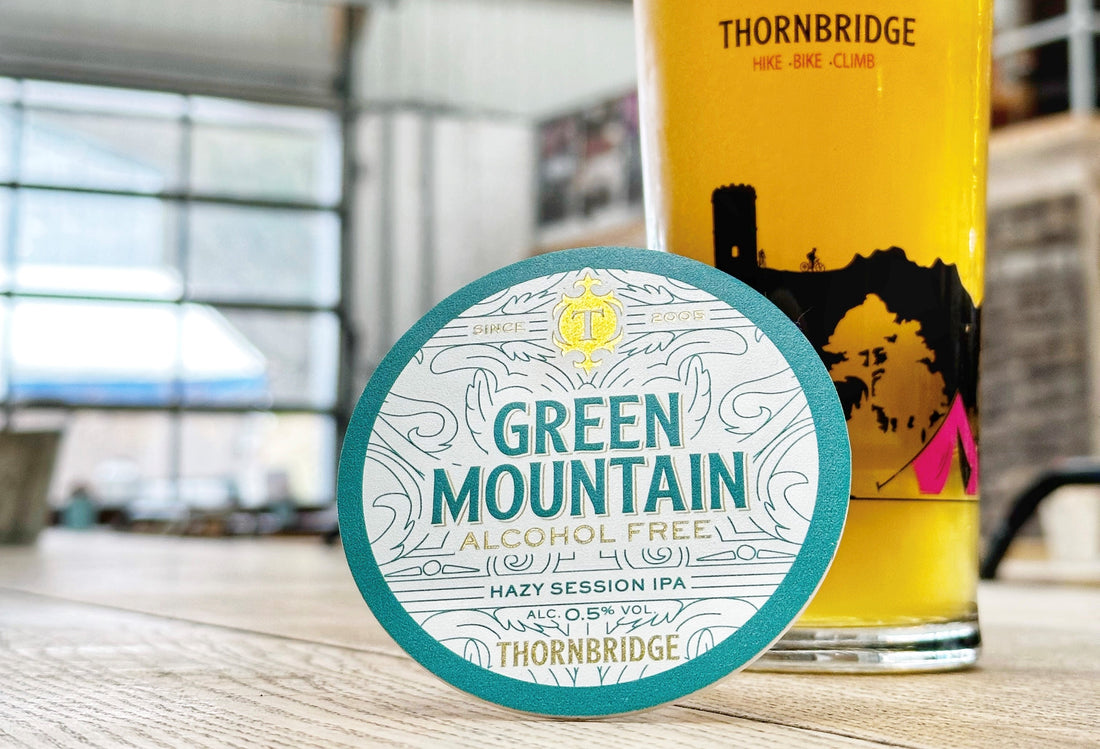A team at the University of Sheffield have published a report looking into no-and low-alcohol drinks in Great Britain. It has revealed that 10% of adults consume no or low alcohol drinks at least once a week and that the major alcohol brands account for 98% of beer sales in shops. In 2022, just over 1% in of total alcohol sales was no-and-low, with this figure being up from 0.6% in 2021. Whilst that is a very small corner of the market, craft brewers are used to thriving in such places. It is there that we have the ability to experiment, innovate and offer something different. I’ll avoid criticising those bigger brands, as we are certainly riding the coattails of large marketing budgets in some ways.
Our first venture into no-and-low was back in 2018 with Big Easy. Lacking any of the expensive equipment required to produce beer at around 0.5% meant we had to think outside the box. We developed our own method to produce something that stood apart from some of the alternatives brewed on the continent. When we relaunched Big Easy as Zero Five in late 2019, we were happy with it as a great alternative to alcohol for those that would rather abstain, couldn’t drink for one reason or another, or just wanted to alternate alcoholic and non-alcohol drinks on a long day out.
As with all emerging trends, nothing stands still, and we found that we wanted to try something different by brewing an alcohol-free version of our core session IPA. Known for its drinkability, hop aroma and hazy appearance, Green Mountain perfectly suits a more modern alcohol-free beer. There are many methods to creating alcohol-free beers and with the main pieces of equipment being prohibitively expensive, smaller brewers will settle on their own ways that suits the equipment they do have. It reminds me of early adoption of sour beers in the UK back around 2014, when brewers were using bacteria bought from the USA, throwing yoghurt pots in the kettle or using supplement tablets to get various strains of lactobacillus in their beer! Everyone was making a sour, but almost no-one was following the same procedure. No-and-low alcohol is in a bit of a similar state when you are below a certain production size. We have settled on having a short but important fermentation to take advantage of all the wonderful flavours that occur in the first 48-72 hours of a brew. We think these are some of the key things that make beer taste like beer. We use the same yeast strain as for our other keg beers, as we want to retain the ‘Thornbridge character’ that is always present. Without alcohol as the all-important ‘flavour carrier’, we can find ourselves hopping these beers higher than even a double IPA. Without the booze to hold those hop oils, we need to use more for the same effect. Utilising oats helps with the haze required and whilst we are extremely happy with where we are, it wouldn’t be brewing without the desire to tinker and adjust things. We will be looking to further improve our method to keep Green Mountain Alcohol Free moving alongside the dizzying growth of the no-and-low sector.
Written by Ben Wood, Technical Brewer at Thornbridge Brewery

